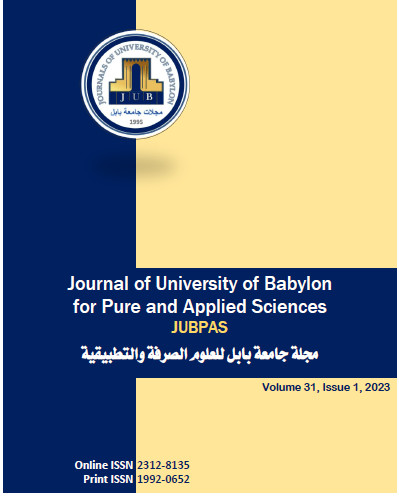The Path of the Internal Public Debt and its Potential to Influence the Money Supply Iraq Case Study for the Period (2016-2020)
Main Article Content
Abstract
This research focuses on the effects of the internal public debt, whether direct or indirect, in Iraq, and in view of the rentierism that characterizes the Iraqi economy, and in financial crises, especially when prices drop, it remains interested in its budgets to finance the increasing public spending through the internal public debt ,The greater the size of that debt, the greater the public spending, and the role of the internal public debt in the money supply in Iraq comes through the government financing the public budget deficit through some internal public debt instruments, especially bonds and treasury transfers. The researchers reached the existence of such a relationship in Iraq, but it was in a state of fluctuation, due to the presence of other variables that prevent it, and to achieve the goals sought by the researchers, the research included three sections, the first focused on a review of the most important concepts for the research variables, and the second was about analyzing Those variables, and in the last section included an analysis of the relationship between the internal debt instruments and the money supply in Iraq for the period (2016-2020).
Article Details
Issue
Section

This work is licensed under a Creative Commons Attribution 4.0 International License.
